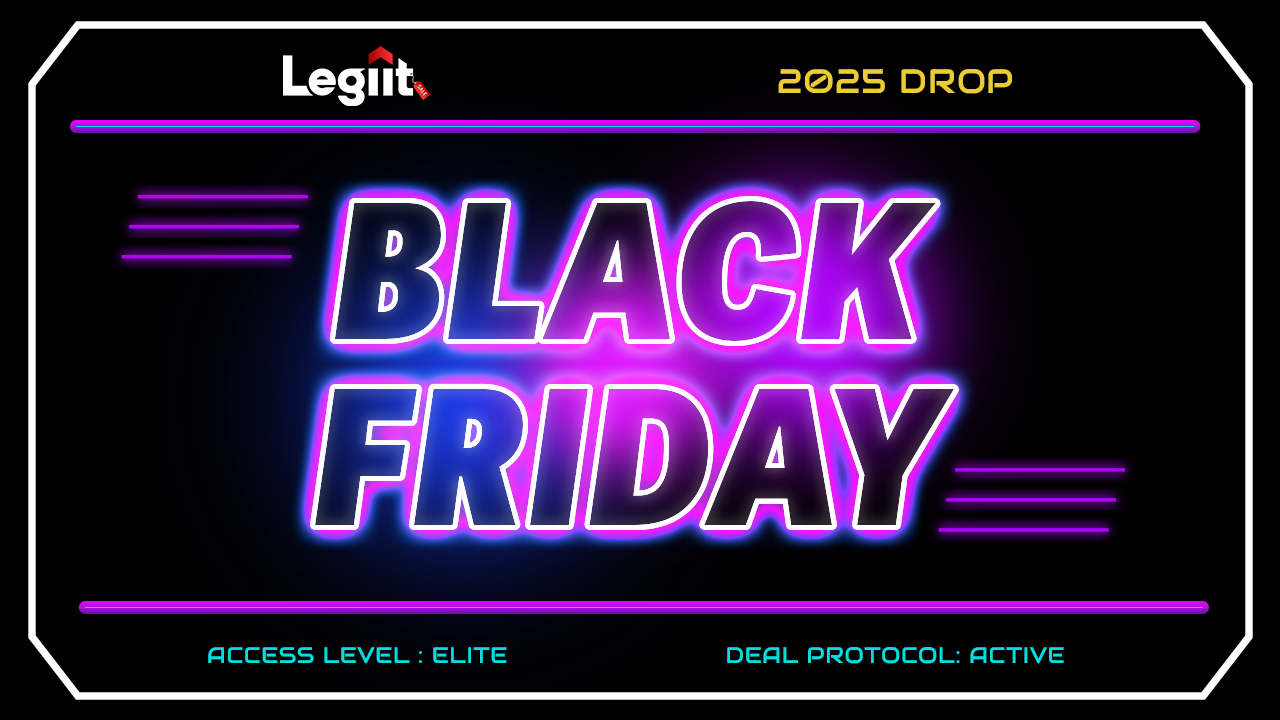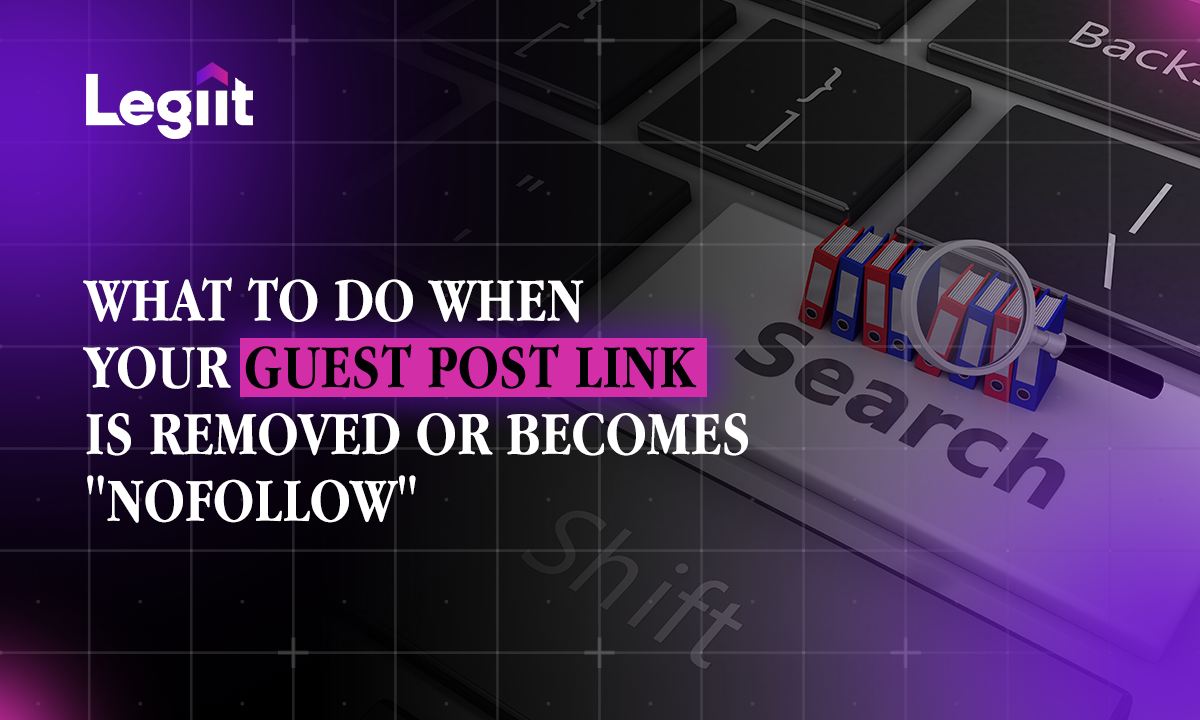Content Distribution Strategies: A Roadmap for Business Growth
In today’s digital world, using the right content distribution channels is key to growing your business. Companies need smart marketing plans to boost audience engagement and brand visibility. By using different platforms, businesses can make sure their messages reach the right people at the right time.
Here are some effective marketing strategies to consider:
- Mix of Channels: Use both traditional and digital marketing methods tailored for your audience.
- Understand Your Audience: Knowing consumer behavior helps in creating relevant content that connects with people.
- Social Media: Platforms like Facebook, Instagram, Twitter, and LinkedIn are great for expanding reach. Each platform attracts different audience types. For example, Instagram works well for visual content, while LinkedIn is better for professional insights.
- Email Marketing: This method allows you to communicate directly with customers who are already interested in your products or services. Regular newsletters can keep your brand fresh in their minds.
- Search Engine Optimization (SEO): This is vital for getting noticed online through organic traffic. Optimize your website content with keywords like "business growth strategies" to increase search visibility.
Defining Your Content Marketing Channels: Choosing the Right Platforms
Picking the right content delivery platforms is important for effective multi-channel distribution. Businesses should check where their target audiences spend time online before choosing specific channels.
Here’s what you should think about:
- Social Media Engagement: Platforms offer chances to connect with users through interactive posts and community-building efforts.
- Analyze Your Options: Find out which platforms match your messaging goals based on age groups and interests.
- User-Generated Content: Encourage customers to share their experiences. This helps build trust and creates a sense of community.
- Audience Targeting Techniques: Use these techniques to craft messages that appeal to those most interested in your products. This can turn engaged prospects into loyal customers.
Remember, knowing where your audience hangs out online can help drive higher conversion rates and foster long-term relationships based on trust.
Mastering Your Owned Channels: Website Optimization and Blog Distribution
Owned channels are super important for any content distribution strategy. They let brands control their message and reach their audience directly. A well-optimized website is the base of your digital marketing. It's key to focus on website optimization techniques that boost user experience and help with SEO.
To improve how visible your content is, organize it logically on your site. This means clear navigation so users can find what they need easily. Search engines also benefit from a clear site structure. Use high-quality images and videos to make the site more engaging, but make sure they load quickly.
Blog distribution is crucial for driving organic traffic. Keeping your blog updated with fresh posts keeps your audience interested and signals to search engines that your site is active. Include relevant keywords in your blog naturally without forcing them, which helps balance SEO with engaging content.
You can also use different content delivery platforms like social media or industry forums to expand the reach of your owned channels. By sharing links back to your website or blog, you create more chances for traffic and interaction.
Leveraging Email Marketing for Effective Content Distribution
Email marketing is one of the best ways to connect directly with people. Crafting great email newsletters lets businesses engage their audience by sending tailored content right to their inboxes.
A successful email campaign starts with building a quality mailing list filled with people who want to hear from you. Segment this list based on interests or behaviors, which makes sure recipients get relevant information that fits their needs.
User experience is big in making emails effective; they should look nice but be simple enough to read on all devices. Add clear calls-to-action (CTAs) in emails to encourage readers to click through to blogs or services on your main website.
You can boost lead generation by offering exclusive content in exchange for newsletter sign-ups. This way, you get more subscribers while learning what interests them over time.
In short, using owned channels through smart website optimization along with effective email marketing builds a strong online presence for brands.
Building Earned Media: Social Media Distribution and Influencer Marketing
Today, earned media is key for boosting brand visibility and audience engagement. By using social media distribution and influencer marketing, businesses can tap into earned channels to expand their reach.
Social media shares are crucial for increasing content exposure. When users share your posts on platforms like Facebook, Twitter, or Instagram, it boosts organic reach. It also encourages community interaction. Engaging posts that connect with audiences can lead to user-generated content (UGC). UGC enhances trust and credibility, acting as real endorsements for your brand.
Influencer partnerships are a strong part of this strategy. Working with influencers who share your brand values lets you access their followers while adding authenticity. These partnerships can involve sponsored posts, product reviews, or collaborative campaigns that motivate followers to engage with your brand.
To make the most of these strategies:
- Find Relevant Influencers: Look for those whose audience fits your target demographic.
- Create Engaging Content: Develop materials that influencers will want to share.
- Encourage Social Sharing: Get customers excited to share their experiences on social media by crafting memorable interactions.
By focusing on building relationships through earned media channels like social sharing and influencer collaborations, brands can improve both visibility and engagement over time.
Amplifying Your Reach: Guest Blogging and Content Syndication
Guest blogging is a great way to build brand awareness while showing authority in your field. When you write valuable articles for respected websites in your industry, you reach new audiences interested in what you offer.
This practice not only drives traffic back to your site but also creates backlinks vital for SEO optimization. Backlinks act like votes of confidence from other sites about the quality of your content. The more quality backlinks pointing to your website, the higher your chances of ranking well in search results.
Content syndication works well with guest blogging by sharing existing content across various platforms without duplicating efforts. This approach maximizes exposure while allowing different groups of potential clients access to tailored messages suited for specific outlets—whether it's blogs or online magazines relevant to certain industries.
For successful execution:
- Pick Quality Platforms: Team up with sites that have strong reputations.
- Make Shareable Content: Ensure articles provide insights that readers want to share.
- Track Performance Metrics: Monitor referral traffic from guest posts and SEO improvements from backlinks.
These methods support each other; guest posting builds authority while syndicating broadens reach—all working together toward stronger branding efforts across digital channels without losing message clarity.
Strategic Paid Content Distribution: PPC Advertising and Social Media Ads
PPC advertising and social media ads are key tools for effective content distribution channels. These methods can boost brand visibility and engage audiences effectively.
Understanding PPC Advertising
PPC advertising lets businesses show ads on search engines or other platforms. They pay only when someone clicks on the ad. This approach helps companies reach people looking for their products or services. By using content delivery platforms like Google Ads, advertisers can focus on keywords that match their offerings.
In digital marketing, PPC allows for precise audience targeting. You can choose who sees your ads based on their age, interests, and online behavior. This targeted approach helps businesses track conversion metrics to see how well their ads perform, ensuring a strong return on investment (ROI).
Benefits of Social Media Ads for Businesses
Social media ads provide several advantages for businesses. They can significantly enhance brand awareness and boost customer engagement. Platforms like Facebook, Instagram, LinkedIn, and Twitter allow businesses to create eye-catching ads tailored to the preferences of their target audience.
One major benefit is the opportunity for direct interaction with consumers. Engaging ad formats such as videos or polls invite user participation while effectively sharing brand messages. This not only increases visibility but also fosters stronger connections with the audience.
Best Practices for Creating Effective Ad Campaigns
To get the best results from paid advertising, consider these best practices:
- Define Targeted Demographics: Identify your ideal customers by age, location, interests, and behaviors.
- Set Clear Campaign Goals: Decide what you want to achieve—like more website visits or increased sales—to shape your strategy.
- Focus on Compelling Visuals: Use high-quality images or videos to grab attention; ensure they align with your message.
- Test Different Ad Formats: Try various types of ads (like carousel or single image) to see what works best.
- Monitor Performance Metrics: Regularly check analytics data to identify successful aspects of your campaign and make adjustments as needed.
By following these strategies within PPC and social media advertising frameworks, brands can enhance engagement levels significantly.
LinkedIn Ad Campaigns: Targeting and Optimization Best Practices

LinkedIn has become an effective platform for B2B marketing due to its professional focus. Understanding how to use LinkedIn ad campaigns is essential for success.
Types of LinkedIn Ads Available
LinkedIn offers various ad formats like sponsored content, which shows up in users' feeds, and native advertising that blends into their browsing experience smoothly. These options give businesses flexibility depending on whether they seek organic engagement or direct lead generation.
Crafting Your Message for Maximum Impact
Creating high-quality content is vital as it reflects directly on your brand messaging within LinkedIn's space. Be clear about key benefits that meet potential clients’ needs while keeping a professional tone throughout.
Use engaging headlines combined with concise descriptions to quickly capture interest—especially since professionals often skim through large amounts of information daily!
Analyzing Results to Refine Future Campaigns
Using analytics tools available through LinkedIn gives marketers access to detailed performance metrics tied back to each campaign executed across different audiences previously mentioned! Evaluating these insights provides guidance on necessary adjustments so future efforts continue improving overall effectiveness!
LinkedIn Marketing Deep Dive
LinkedIn Marketing Strategies for B2B Content Distribution
LinkedIn marketing is great for businesses that want to connect with other businesses (B2B). A smart content distribution strategy can boost brand visibility and engagement. To reach your audience effectively, you need to know their interests and habits.
Start by identifying your target audience using LinkedIn’s filtering options. You can filter by industry, job title, location, and more. This helps you create messages that meet the needs of different groups. Next, make high-quality B2B content that solves issues relevant to these audiences—like informative articles, case studies, or whitepapers.
Using sponsored content can also help your marketing efforts. Sponsored posts show up in the feeds of users who don’t follow you yet. This way, you expand your reach beyond just organic followers and drive traffic to your website.
Regularly check engagement metrics to see how well your strategies are working. Keep an eye on likes, shares, comments, and click-through rates. Adjusting your tactics based on this data will help you get better results.
LinkedIn Content Services: Optimizing for Maximum Reach and Engagement
To boost reach and engagement with LinkedIn content services, create a mix of post types like videos, infographics, or polls along with regular text updates. These different formats appeal to various user preferences and improve the overall user experience.
Performance metrics are important for tracking how each piece of content does over time. Look at key indicators such as impressions (how many times users see your post), engagement rate (the percentage of interactions compared to views), and follower growth from specific campaigns.
Also, use audience insights to inform future content creation by showing what people enjoy most—whether it’s industry news or practical tips related to their jobs.
Consider using an editorial calendar to plan regular posts while staying flexible for trending topics in the industry. This keeps your brand relevant in ongoing conversations across platforms.
LinkedIn Profile Optimization: Creating a Powerful First Impression
Profile optimization matters when you present yourself on LinkedIn since it acts like a digital business card for potential clients or partners. Start by crafting clear brand messaging that shows who you are and the value you offer—focus not just on qualifications but how they benefit others too.
Make sure all parts of your profile—including headline summary skills—align with what your audience prefers based on earlier research. Use keywords throughout these sections so search algorithms can rank profiles favorably during searches about areas of expertise offered by professionals like yourself!
Lastly, don’t miss out on customer engagement opportunities! Regularly interact with connections through thoughtful comments on their posts. Building relationships leads to increased trust over time—a key element for long-term partnerships that benefit everyone involved!
Measuring Content Performance: Key Metrics and Analytics
To know if your content distribution strategy works, you need to measure its performance. This is done through key metrics and analytics tools. Content performance tracking helps you see how your audience reacts. You can look at performance metrics like engagement rates, shares, comments, and conversions.
Analytics tools like Google Analytics or social media insights give you important data on audience behavior. By looking at this data, you can find out which content works best for attracting traffic and keeping people engaged. For example, if blog posts get more shares than videos, focusing on written content might be a smart move.
Measurement metrics also include conversion rates. This tells you how many visitors do what you want after reading your content. It could be signing up for a newsletter or buying something. Understanding these factors is key in digital marketing since they guide your future strategies to boost overall effectiveness.
Refining Your Content Distribution Strategy: Analyzing Results and Adjusting Approach
After collecting data from your measurement efforts, it’s time to refine your content distribution strategy. Audience insights from analytics show what engages your target groups best. This helps marketers adjust their campaigns based on smart marketing practices.
Setting clear campaign goals—like raising brand awareness or increasing sales—helps align your tactics better. Conversion metrics show if you're meeting these goals over time. If certain channels work better for conversions (like email compared to social media), shifting resources could improve impact.
Regularly checking results lets you make ongoing adjustments to improve reach and effectiveness. Changing strategies based on real-time feedback keeps your marketing efforts relevant as times change.
Case Studies: Successful Content Distribution Campaigns
Looking at successful case studies gives us a peek into effective content distribution channels that drive business growth while improving brand visibility. Many brands have found success through influencer partnerships. By teaming up with influencers who connect with their target audience, companies reach new markets naturally.
For instance, a tech startup might work with popular tech reviewers on platforms like YouTube during product launches instead of just using traditional ads. This often leads to more exposure and genuine endorsements that build trust among potential customers.
Also, getting media coverage through press releases or feature articles can greatly increase reach without much cost—a method many businesses use for affordable ways to boost their online presence.
These examples show how careful planning around effective distribution channels directly helps in achieving broader business goals while building deeper community ties across various platforms.
FAQs About Effective Content Distribution Channels
Q: What are effective content distribution channels?
A: Effective content distribution channels are platforms and methods used to share and promote content. They help businesses reach their target audience.
Q: How can I measure the effectiveness of my content distribution?
A: Use measurement metrics like engagement rates, click-through rates, and conversion rates. These metrics show how well your content performs.
Q: Why is audience segmentation important in content distribution?
A: Audience segmentation allows businesses to tailor messages for specific groups. This increases engagement and improves marketing objectives.
Q: What role do earned channels play in marketing?
A: Earned channels boost brand visibility through user-generated content, shares, and reviews. They help build trust with potential customers.
Q: How can I utilize paid channels effectively?
A: Use social media advertising and PPC campaigns to target demographics directly. Focus on compelling visuals and clear calls to action.
Strategies to Grow Your Reach with Legiit
- Content Delivery Network: Ensure fast loading of your website across different locations for better user experience.
- Content Quality: High-quality content engages users and drives shares. Invest time in crafting valuable materials.
- Digital Trends: Stay updated on current digital trends to adapt your strategies accordingly.
- Strategic Article Distribution: Use guest blogging and syndication to maximize reach.
- Content Lifecycle: Understand the stages of your content from creation to promotion for effective management.
- Content Engagement Strategies: Utilize interactive posts, polls, and questions to engage users actively.
- Content Sharing: Encourage sharing through easy-to-use buttons on your platforms.
- Viral Marketing: Create shareable content that resonates emotionally with audiences.
- Infographics: Use visual aids to simplify complex information; they attract shares and increase engagement.
- Podcasts & eBooks: Diversify content types by offering audio formats or downloadable resources that add value.
- White Papers: Use detailed reports as tools for lead generation; they showcase expertise in a field.
- Brand Trust: Build trust through consistency, quality content, and transparent communication plans.
- Customer Testimonials: Share positive reviews to enhance credibility and foster trust among potential clients.
- User-Generated Content: Encourage customers to share their experiences; this creates community involvement.
















 Download
Download